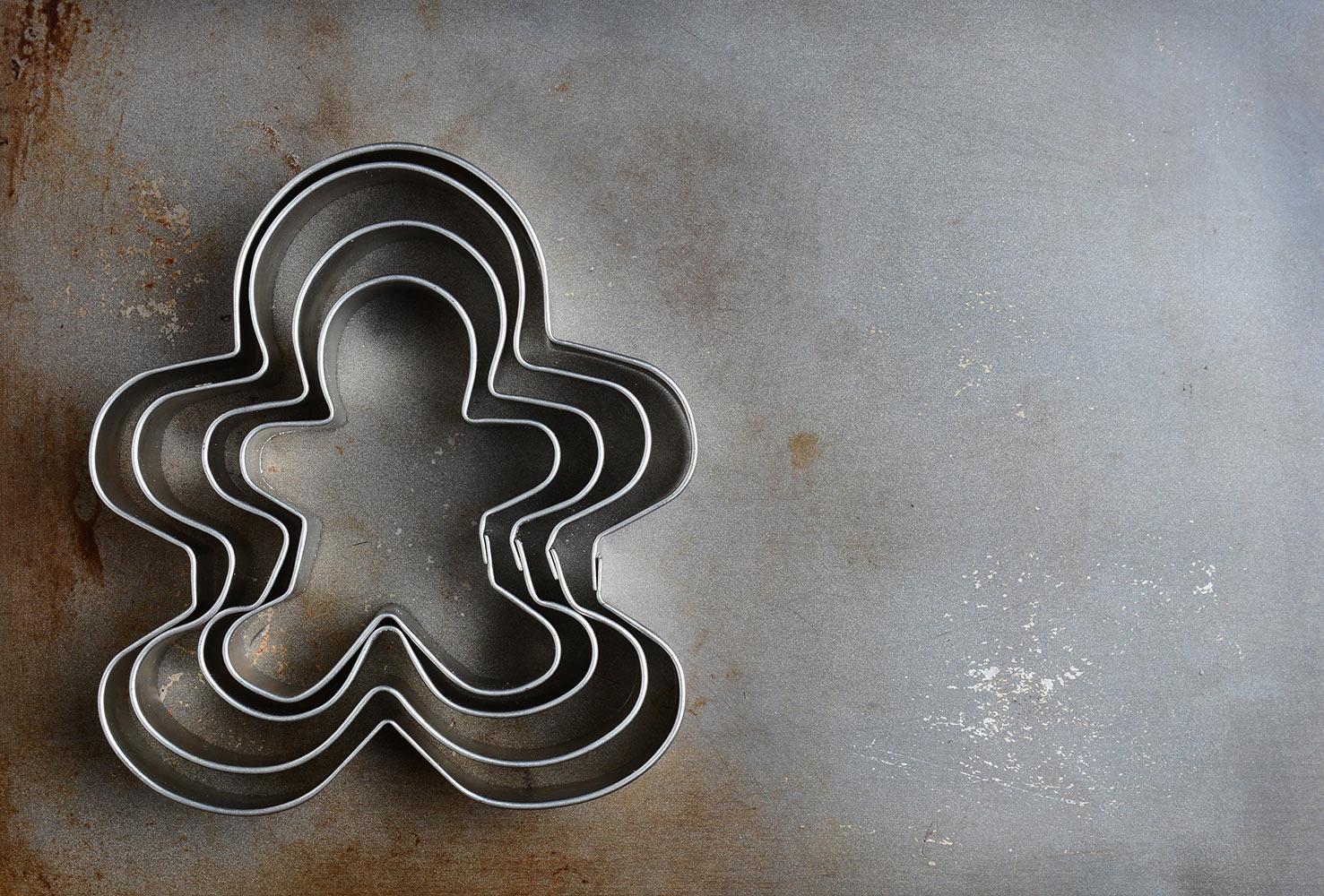
The Derivative and Its Properties
Unit 2
Big Ideas
Derivatives allow us to determine instantaneous rates of change. To develop understanding of how the definition of the derivative applies limits to average rates of change, create opportunities for students to explore average rates of change over increasingly small intervals. Graphing calculator explorations of how various operations affect slopes of tangent lines help students to make sense of basic rules and properties of differentiation.
The content of Unit 2 is a foundational entry point for practicing the skill of applying mathematical procedures and learning to self-correct before common mistakes occur.
Students should practice presenting clear mathematical structures that connect their work with definitions or theorems. To evaluate the derivative, students should show the product rule structure, and import values. Finally, students should present mathematical expressions evaluated on the calculator and use specified rounding procedures, typically rounding or truncating to three places after the decimal point. It is helpful to establish the habit of storing intermediate calculations in the calculator in order to avoid accumulation of rounding errors.
The main three questions that drive this unit are:
1. How can a state determine the rate of change in high school graduates at a particular level of public investment in education (in graduates per dollar) based on a model for the number of graduates as a function of the state’s education budget?
2. Why do mathematical properties and rules for simplifying and evaluating limits apply to differentiation?
3. If you knew that the rate of change in high school graduates at a particular level of public investment in education (in graduates per dollar) was a positive number, what might that tell you about the number of graduates at that level of investment?
Objectives
- Find equations for the tangent line and the normal line to the graph of a function
- Find the rate of change of a function
- Find average velocity and instantaneous velocity
- Find the derivative of a function at a number
- Find the derivative function
- Graph the derivative function
- Identify where a function is not differentiable
- Explain the relationship between differentiability and continuity
- Differentiate the following
- Constant Function
- Power Rule
- Sum and Difference of two functions
- Exponential Function
- Logarithm Function
- Differentiate the product of two functions
- Differentiate the quotient of two functions
- Find higher order derivatives
- Find the acceleration of an object
- Differentiate Trigonometric functions
Rate of Change and the Derivative
Derivative of a function f(c) at a number c, provided the limit exists
The Derivative as a Function; Differentiability
The Derivative of a Polynomial Function, Base e, and Natural Log
Product Rule and Quotient Rule
Higher Order Derivatives
Since the derivative f'(x) is a function, it makes sense to ask about the derivative of f'(x). This would be f''(x), which is called the second derivative. We can continue this pattern and find the third derivative, the fourth, and so on provided that these derivatives exist. These additional derivatives are called higher order derivatives. The notation for the higher order is below.
Derivative of Trig Functions
Derivative of Trig Functions
Derivative of Inverse Trig Functions
You only need to know these 3 for AP Calculus AB













